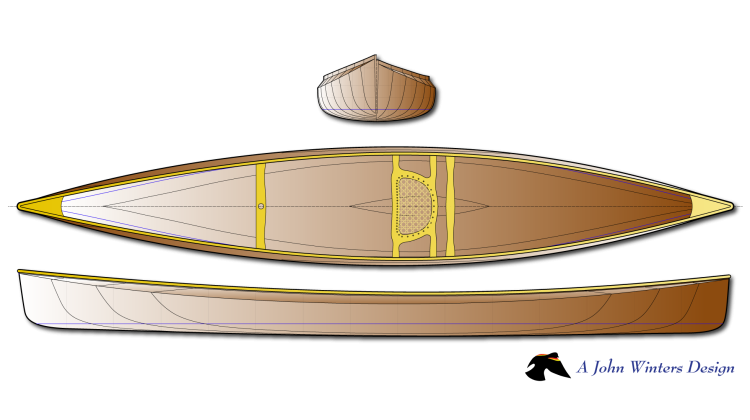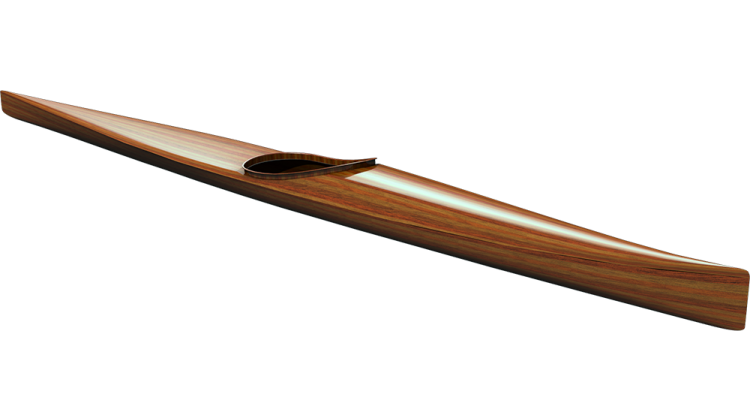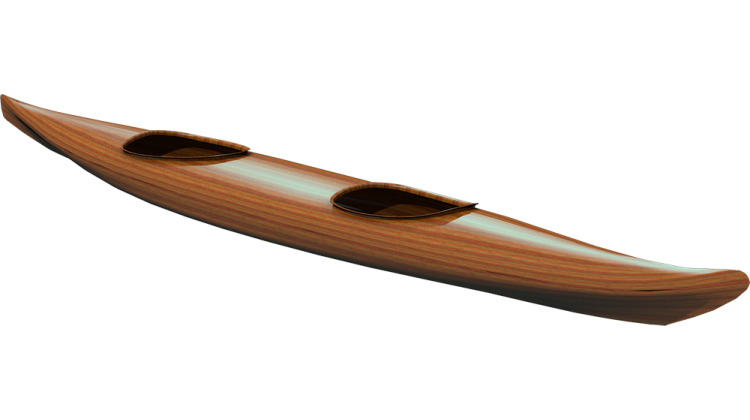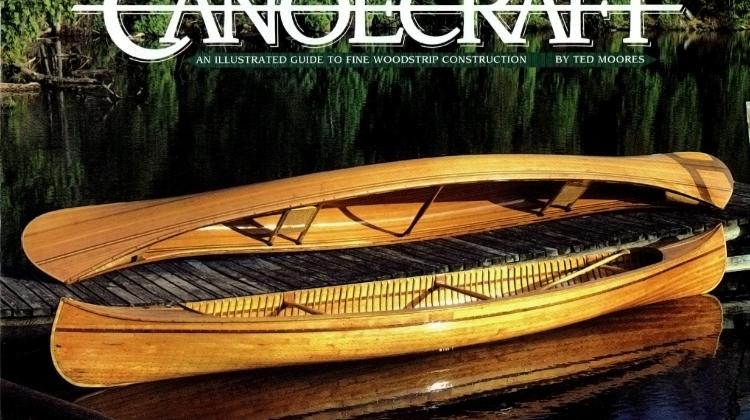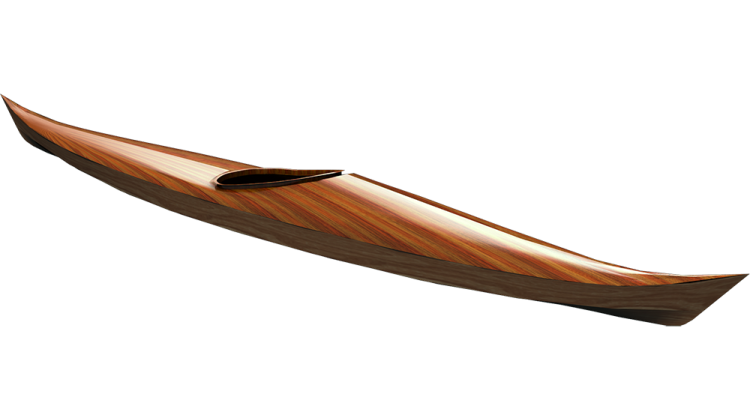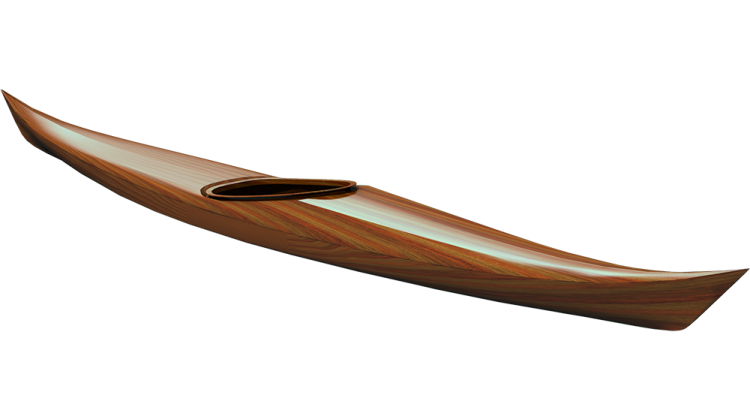What seems like fairly boring tasks, pulling the staples, scraping off the glue, and starting to sand are actually the time your boat makes one of its fastest transitions. I always feel the raw strips, pumped full of staples, looks pretty bad. Just pulling the staples it looks better, and everything you do from now on will make it look better and better.
Pulling Staples
My secret weapon for stable removal is the Bostich Heavy Duty Staple Remover. It works well as is, but I modify it very slightly to make it better. It uses a tooth that slides under the staple to pry it up. I remove the tooth and sharpen the top side of the tooth to make it easier to slide under the staple. The tooth comes out easily with one screw. This staple puller has a large, smooth, flat base that will not damage the wood if you keep the base flat on the surface. Some users want angle the tooth down and dig the staple out. This will almost certainly leave a permanent mark on the wood. Sometimes the pulled staple stays in the jaws of the tool and if you don't get it out, it may cut into the wood.
I carefully slide the tooth under the staple, and start pushing down on the handle to make more room for the tooth. With a little wiggling and presure I get the tooth under low staples and incrementally pull them up. Removing all the staple in the hull of a kayak like the Petrel Play takes about 20 minutes.
Scraping
Over the years I have become more enamored with using a paint scraper to remove glue and to start shaping. A good sharp scraper can make very quick work of the task. A single cut mill file will put a good edge on your scraper, but I've taken to using a sharpening stone and honing the edge to be super sharp. It will cut beautiful curls of wood and leave a quite smooth surface.
The goal is to remove glue and start to knock down high spots. Since the strips are flat, and the kayak sections are curved, there is a high spot between the strips that needs to be knocked down to make the surface smoothly rounded instead of faceted.
To that end, concentrate your scraping on the lines between the strips. This attacks the glue and knocks down the slighterly higher seam. You are pulling along the length of the strips. I hold the handle of the scraper low, nearly parallel to the surface. One hand is on the blade. This helps with control. I'm not pressing down so much as just guiding the blade and damping out any tendency to chatter and hop.
Sanding
At this point in the sanding process we are interested in continuing to knock down the high spots that may be left over after scraping. To that end I am not using a soft contour pad. I don't want the sander matching the contours perfectly, I wan to cut back the slightly higher ridge running between strips.
I work fairly aggressively, using 60 grit disks (I have used 40 grit with good results) on a powerful random orbital sander. This may seem scary, but at this point we are still shaping, not trying to make a nice finish and sharp, aggressive cutting actually produces better results. While this sander does require you hang on to it, I'm not applying alot of down presure. I'm letting the tool do the work.
Note that the tool spins very fast, you don't need to move it quickly yourself for it to do its job. Keep it moving at a consistent but moderate pace. You may want to lift up slightly when sanding around smaller radius surfaces.
I work systematically, using the lines of staple holes as guides. I move down the length of the boat from one end to the other, sanding one section of staples at a time. I sand in a criscross pattern, going back and forth from staple line to staple lind and then up and down from sheer to keel and back. If the design has a sharp feature line such as a chine, I do not run over that line. I initially want to sharpen the chine and keel line.
Getting down close to the sheer line can be tricky. You don't want to bugger up the edge of the hull or deck with the power tool. I come close to the sheer but use a light tough. I'll come back later with hand sanding so I don't mess things up.
By being systematic, attempting to sand all parts of the surface equally, I am not messing with the general "fairness" of the strips, but instead I am blending any irregularity between individual strips as well as rounding over the facets made by the flat faces of the strips.
Avoid the desire to concentrate on problem spots. This is an initial shaping, not making a perfect surface. And maybe it is counterintuitive, but you don't remove stubborn glue spots by sanding the spot itself. Stubborn spots are low spots, sanding that spot only makes them lower. You need to sand around the area to remove the higher areas that allow for the low spot.
Fairing Sanding
The spinning disk of the random orbital is will dig a hole into the surface anywhere you place it. Since we are not perfect control machines ourselves, the random orbital sanding will end up digging slightly more in some places than other. This will create a subtle ripple to the surface (or not so subtle if you stall out). Using a long fairing board will continue to knock down high spots and if the long board is fairly stiff, it will also blend down the suble circular marks that may be made by the random orbital.snader
I switched to 80 grit from the 60 I was using with the ROS. This does a nice job of blending out the cross grain scratches made by the spinning sander while it smooths out the surface.
I'm not going for a perfect surface yet. There still may be spots that need work. If you run your hand over the boat you can feel subtle high and low spots, but for a first pass it should look a lot better than it was about an hour or so earlier. I'll deal with perfecting the surface later.

